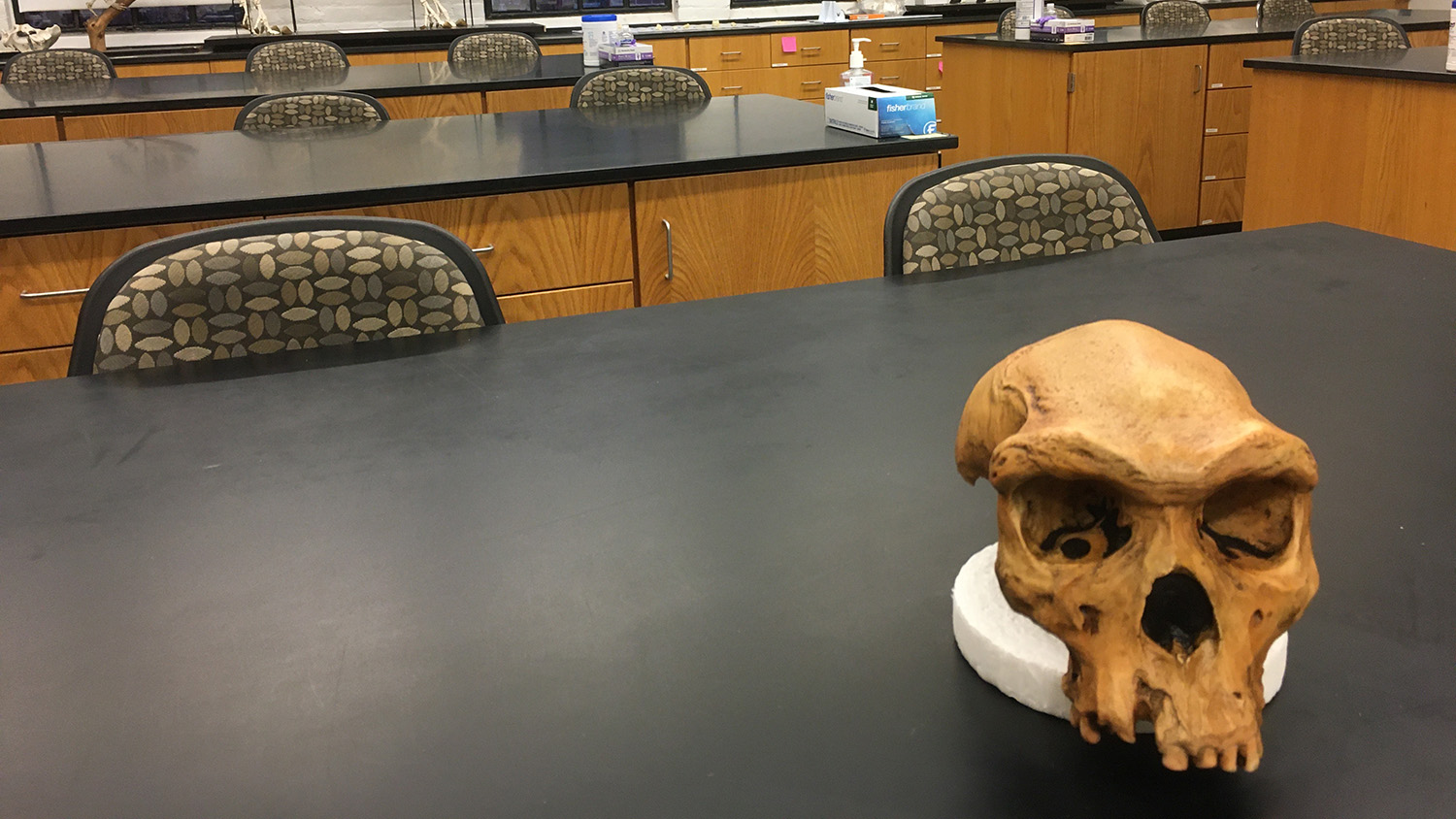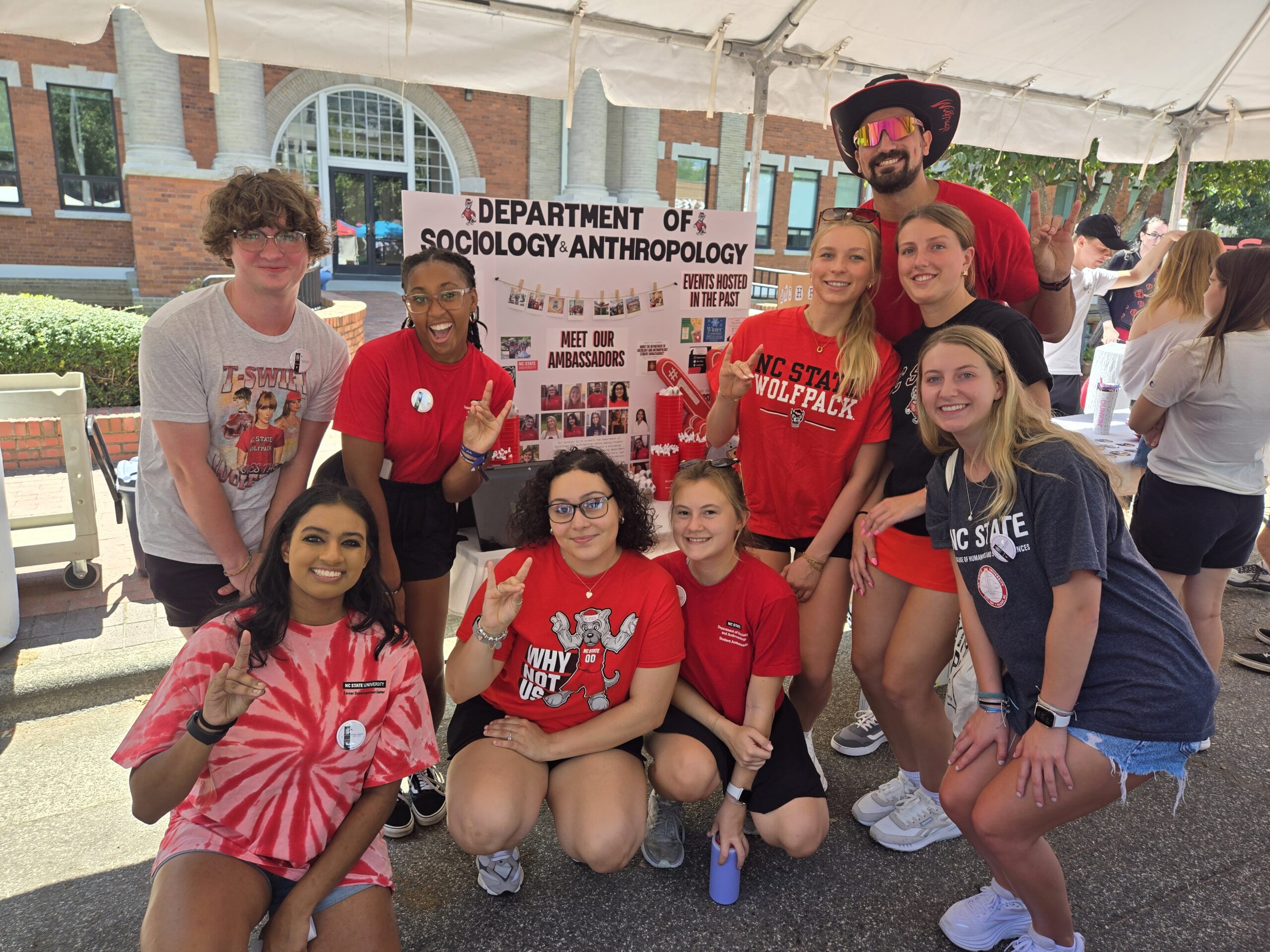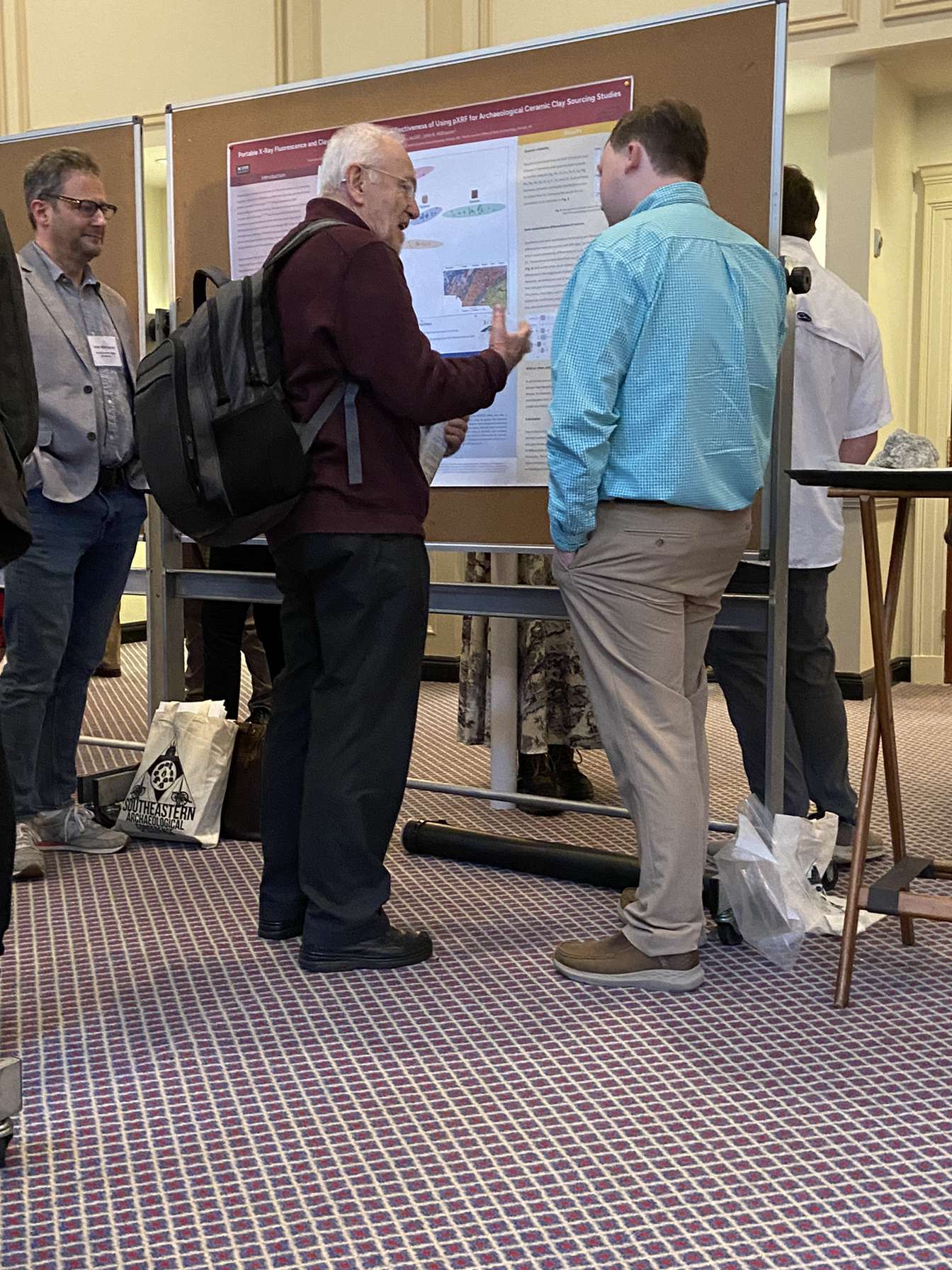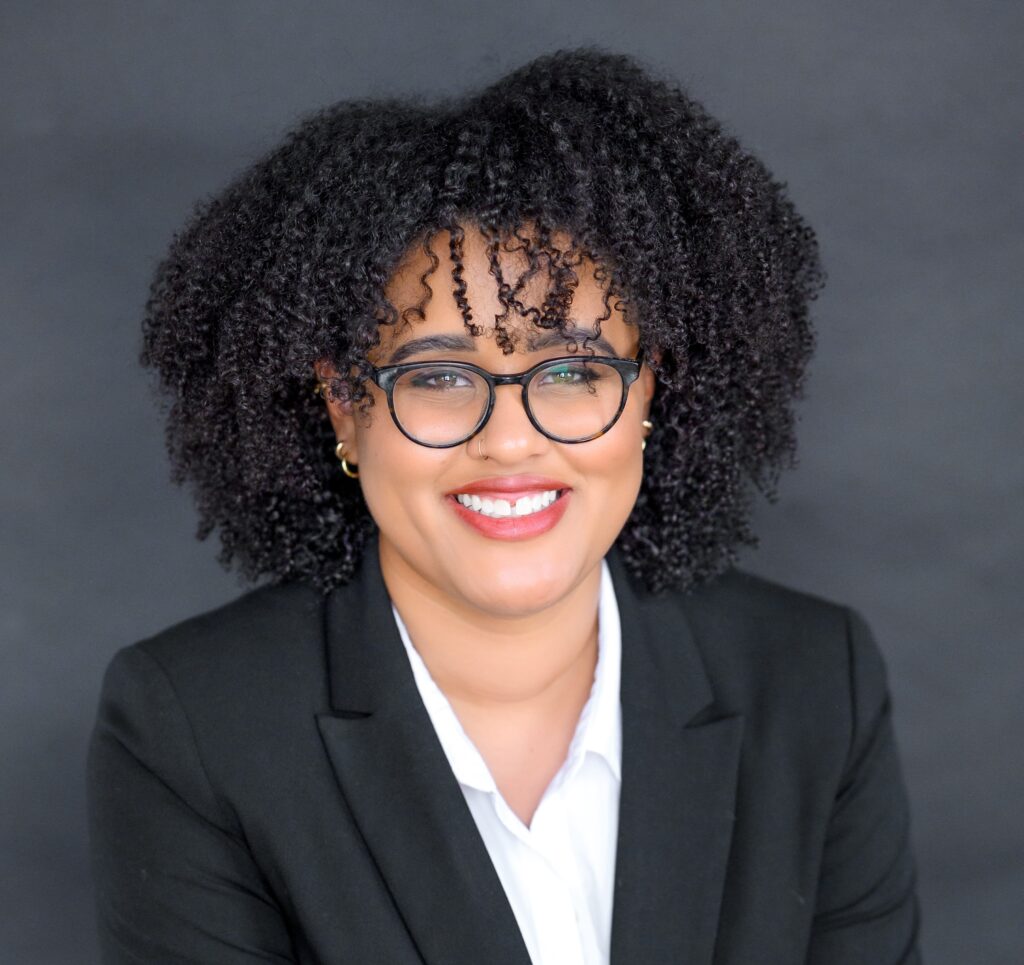As my time as an undergraduate at NC State ends, it feels fitting to write about a building on campus that anthropology students have affectionately claimed as their own. Park Shops is home to the three anthropology labs that the department’s anthropology faculty oversee. In speaking with Dr. Julie Wesp, I have been fortunate to gain more insight into the happenings of the Archaeology lab, the Osteology lab and the Anthropology Teaching Lab.
Dr. Wesp has been an Assistant Professor within the Department of Sociology and Anthropology and a Faculty Affiliate with the Science Technology and Society (STS) Program since 2019. She teaches Introduction to Biological Anthropology (Ant 251), Human Osteology (Ant 421/521), Bioarchaeology (Ant 424/524), and the Capstone course for the STS program (STS 403). Dr. Wesp is a trained bioarchaeologist focusing on both Pre-European and Colonial time periods in Latin America. Her current research is in collaboration with Dr. Felipe Gaitán, a historical archaeologist and co-director of the Templo San Ignacio Archaeology Project, which analyzes archeological and bioarchaeological data recovered during excavations of Templo de San Ignacio, a 17th century Jesuit church, in the historic downtown of Bogotá, Colombia.
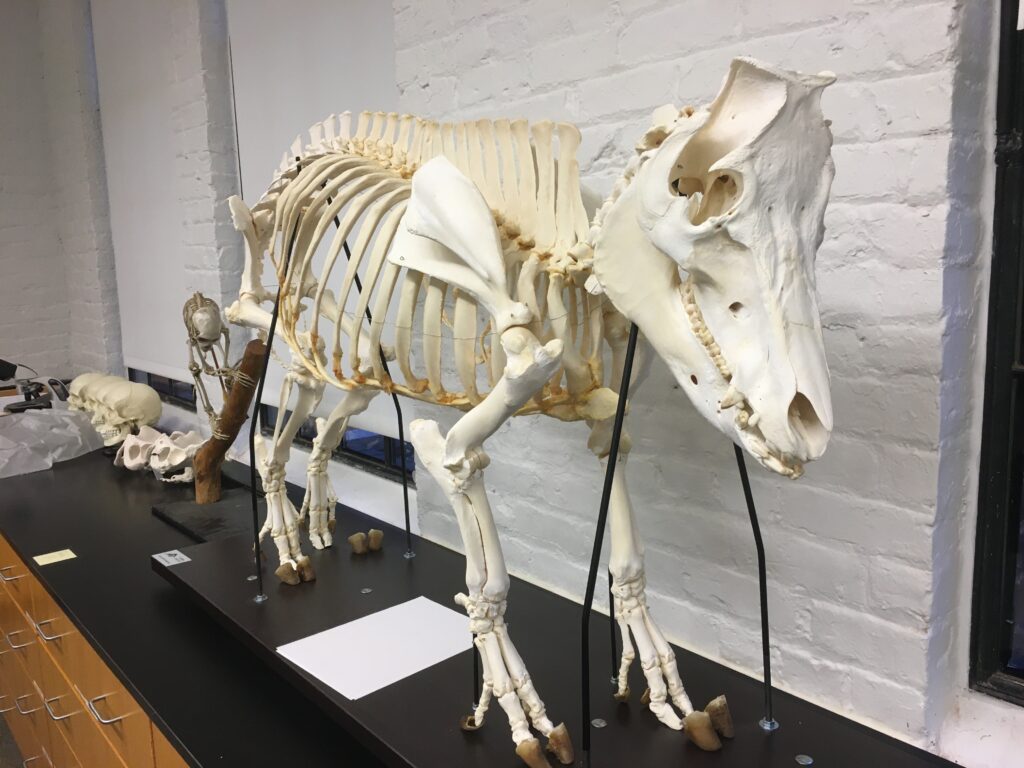
The labs in Parks Shops offer students “experiential learning opportunities” for both undergraduate and graduate students that “really emphasize the Think and Do model of learning [that] changes the way information is processed in the brain.” Dr. Wesp finds that hands-on learning helps students to better understand and remember content long-term. She utilizes this style of teaching in her Human Osteology course to “get students to find a meaningful connection to the information [and to] understand how and why different bones articulate [and] allow for different kinds of movement.”
When asked to talk more about the benefits of lab work, Dr. Wesp states that it helps students to gain practical experience in understanding the research process itself, such as “organizing data before analysis, safety protocols, standards of research to ensure comparative information is collected, or how to troubleshoot issues when unexpected problems arise.” Students also benefit from gaining practical skills that are highly transferable to a range of career paths. She continues by explaining, “Anthropology teaches students to observe the tiniest details – whether it be human behavior, language use, biological variation, or types of material culture – to understand a broader issue or problem. [This] skill is what makes anthropology students stand out from others when searching for a job after graduation.”
Each lab is well-equipped with collections and equipment that lend to on-going projects and teaching purposes. The Archaeology Lab houses a collection of artifacts and tools for detailed material cultural analysis, as well as a total station for detailed GIS mapping, an XRF microscope for element and chemical analysis of materials, and a drone for aerial survey that allow for more specialized analysis.
The Osteology Lab has a collection of real adult human skeletal remains and a juvenile cranial collection that shows the different stages of cranial development. Additionally, there are available casts of pathological changes and cultural modifications to bone that are found within archaeological contexts. There are also tools for osteological analysis like a digital microscope, bone sampling tools, and a dermestid beetle colony for processing remains.
Lastly, the Anthropology Teaching Lab has a substantial collection of materials for hands-on learning, including fossil hominin and non-human living primate casts, as well as complete human skeletons for the analysis of individual skeletal elements and features. Additionally, the Teaching Lab has an ample collection of faunal remains for zooarchaeological analysis.
Currently, the Osteology Lab is working on processing faunal remains to grow the comparative faunal collections by defleshing remains before adding them to the dermestid beetle colony which will clean the remaining soft tissue from the animal bones. This collection allows for the comparison of human and animal skeletal features.
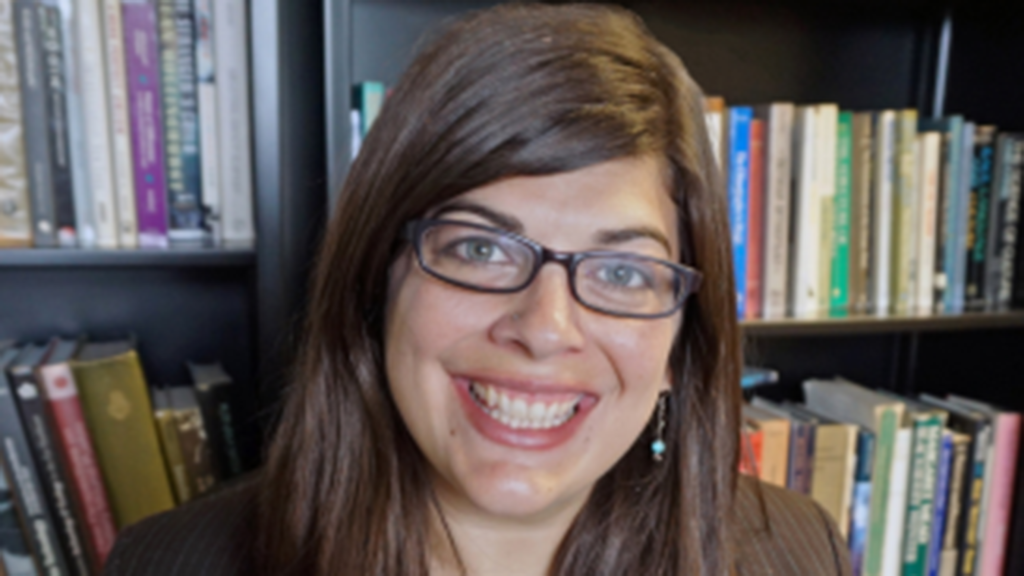
The labs on campus are a great resource for students to develop themselves as inquirers and to connect with faculty during research. Undergraduates also get the chance to speak with graduate students and learn about their experiences. The Archaeology and Osteology labs are predominantly used for research, while the Anthropology Teaching Lab is used for osteological-based courses like Human Osteology and Zooarchaeology (both of which will be taught in Spring 2022!), and for open-lab hours that allow students to interact with skeletal material. There is hope that the Teaching Lab will be back to its normal hours of operations in the Spring pending any continuing Pandemic restrictions.
Having had the opportunity to assist on the beetle colony project, I highly recommend that students take advantage of the opportunities available to them on campus. Using your undergraduate career to get involved and to network will only strengthen your position in the professional world. I am forever grateful for the experiences that this department has offered me and I hope that other students will take the chance to do and learn something new.
Anthropology students interested in getting research experience in the Labs can email faculty about current opportunities. For inquiries about the Osteology lab please contact Dr. Julie Wesp or Dr. Kathryn Grossman, and for the Archaeology lab please contact Dr. Dru McGill or Dr. John Millhauser.
This post was written by Shelby Feirstein, an anthropology major with minors in forensics, genetics and French and a Department of Sociology and Anthropology Student Ambassador.

- Categories:
